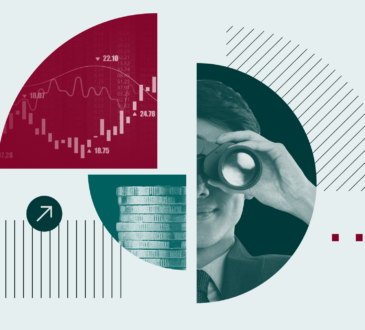Things have been good for stocks over the last two months. Maybe too good, according to a new report from Bank of America.
Since its most recent low on April 8, the S&P 500 and Vanguard’s Total World Stock Index are up 20% as investors have piled into the market at a near-record pace.
On an annualized basis, 2025 has seen the second-highest inflows into global stocks ever, trailing only 2024, BofA’s Chief Investment Strategist Michael Hartnett said in a client note Friday. For US stocks, it’s the third-highest year ever, after 2024 and 2021.
Bank of America
Yet, amid the bullish frenzy, Hartnett said global stocks are approaching two sell signals.
The first is the amount of money flowing into global stock funds. If they hit 1% of their current assets under management within a four-week span, the sell signal is activated. Over the last four weeks, flows totaled 0.9% of the funds’ AUM. To hit 1%, flows would have to hit $30 billion in the “coming weeks,” Hartnett said.
The second is a breadth indicator that says when 88% of the ACWI countries’ indexes trade above both their 50-day and 200-day moving averages, it’s a sign that things are frothy and investors should sell, Hartnett said. Currently, 84% of ACWI countries’ indexes are higher than their moving averages, meaning the market is in “overbought territory,” Hartnett said.
Both of Hartnett’s sell indicators are in line with the conventional wisdom of contrarian investing espoused by legends like Warren Buffett. When the market is overwhelmingly bullish, good news is already priced in. When investors are bearish, it’s an opportunity to buy stocks at a discount, the thinking goes.
But sentiment gauges have sent mixed signals over the last couple of months. While inflows are strong, the AAII Investor Sentiment Survey shows investors are still net bearish. Bank of America’s own Bull/Bear indicator shows the market’s aggregate attitude hovers somewhere between optimism and pessimism, with a slight tilt toward the former.
Breadth indicators are broadly in line with Hartnett’s measure. Stocks of all stripes are doing well.
Like Hartnett, Liz Ann Sonders, the chief investment strategist at Charles Schwab, said in a May 27 report that the robust breadth levels could be a cause for concern in the near-term.
“Early-April setup was ripe for rally on good news given washed out sentiment/breadth and deeply oversold market,” she wrote in a note co-authored with Kevin Gordon, a senior strategist at Schwab. “Setup now is not at opposite extreme.”
While breadth and sentiment can be contrarian indicators, it should be noted that the momentum factor has been king over the last decade and a half. What has done well (mega-cap tech stocks and popular indexes) has continued to do well, and steep declines in the broader market have generally been short-lived. That could still be the case going forward.
Beyond technical indicators, investors are also monitoring fundamental measures of the economy’s health. The macroeconomic picture remains unclear as business owners and consumers digest President Trump’s tariffs. Concerns persist about how the import taxes will affect consumer prices and growth.
The US economy added 139,000 jobs in May, more than economists expected, but the number wasn’t a sure sign that the labor market remains solid, as April and March data were revised down.
Long-term Treasury yields also continue to rise as Trump’s tax bill fuels investor concerns around inflation and the US budget deficit.
A negative catalyst in the form of rising unemployment or higher inflation could spark a reversal in the ultra-bullish signals Hartnett is watching.

